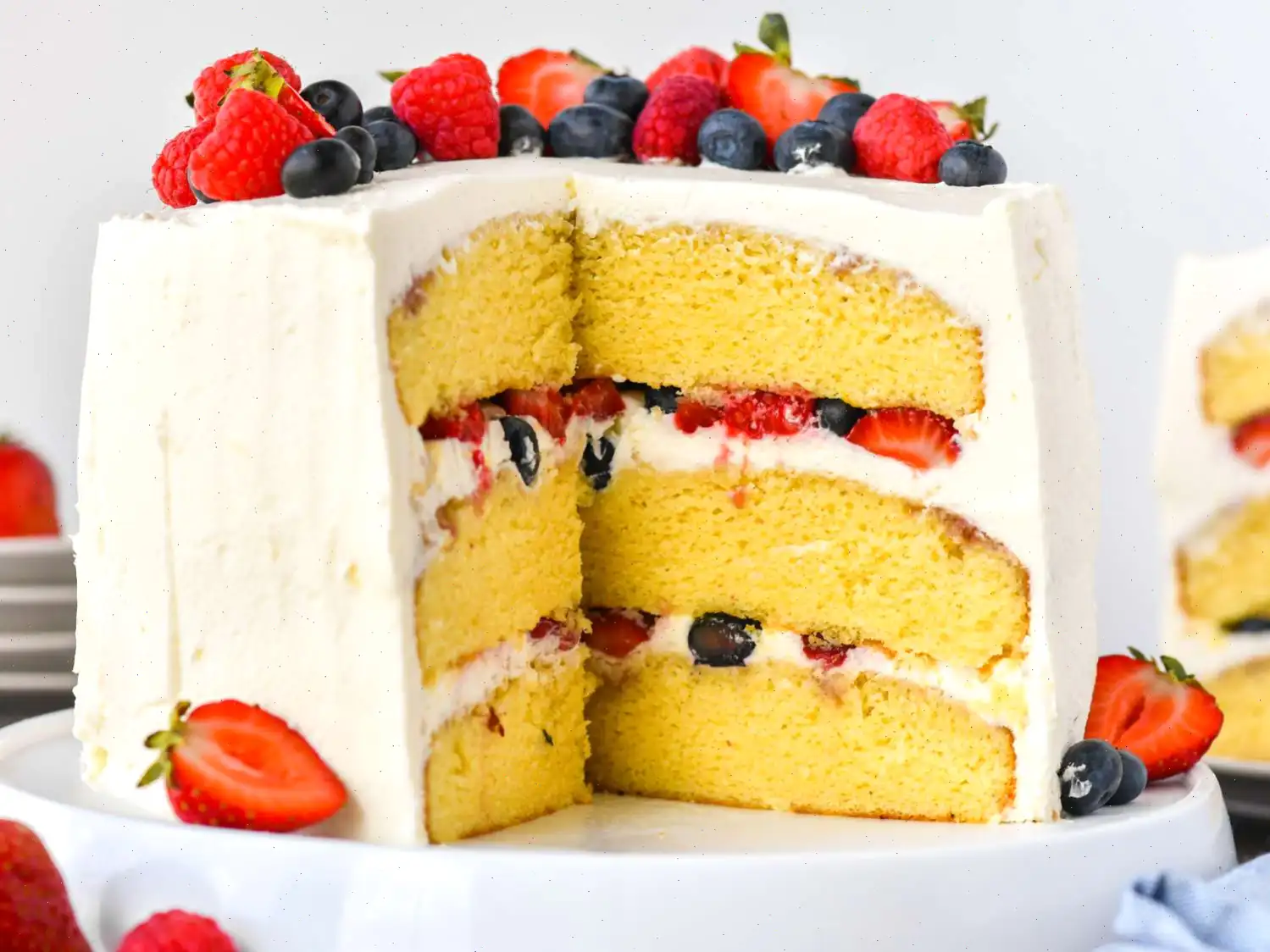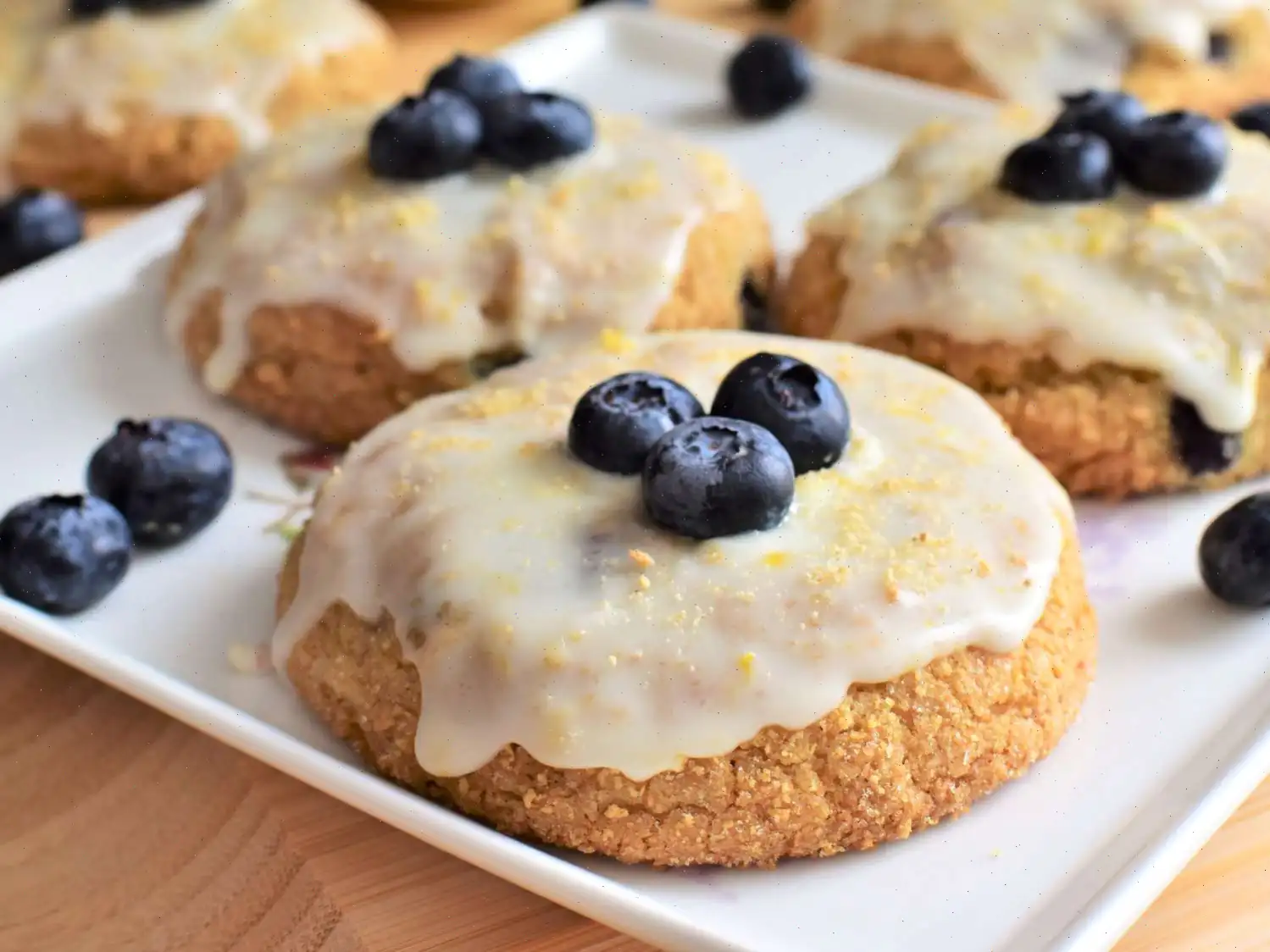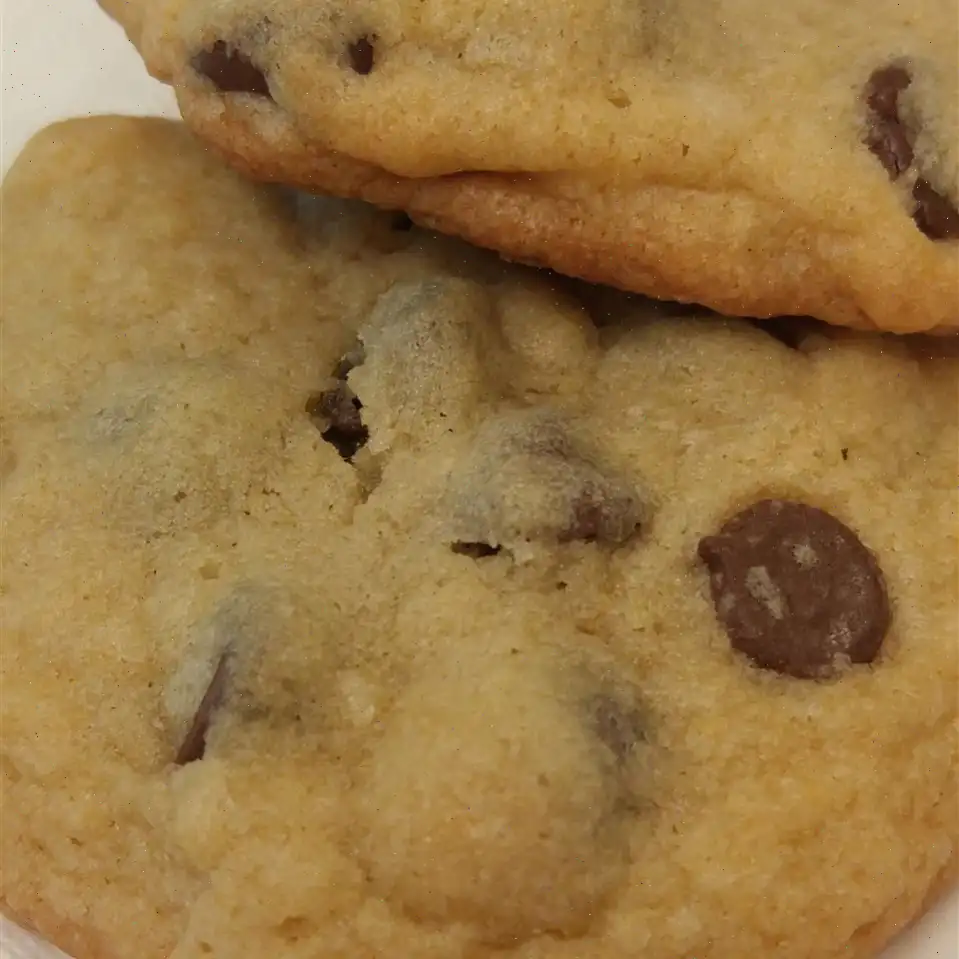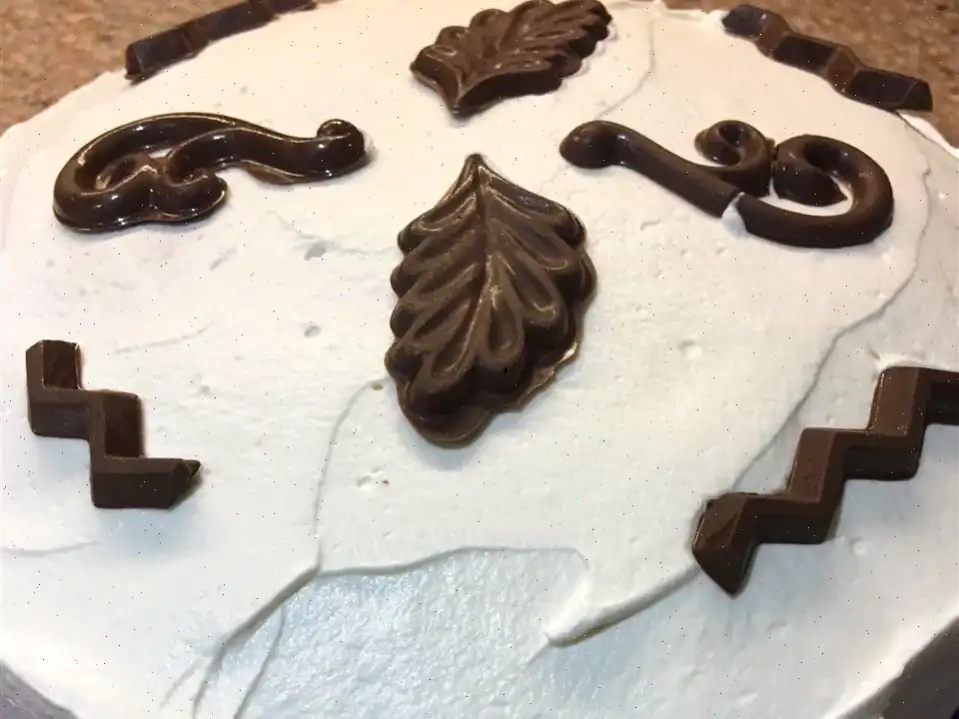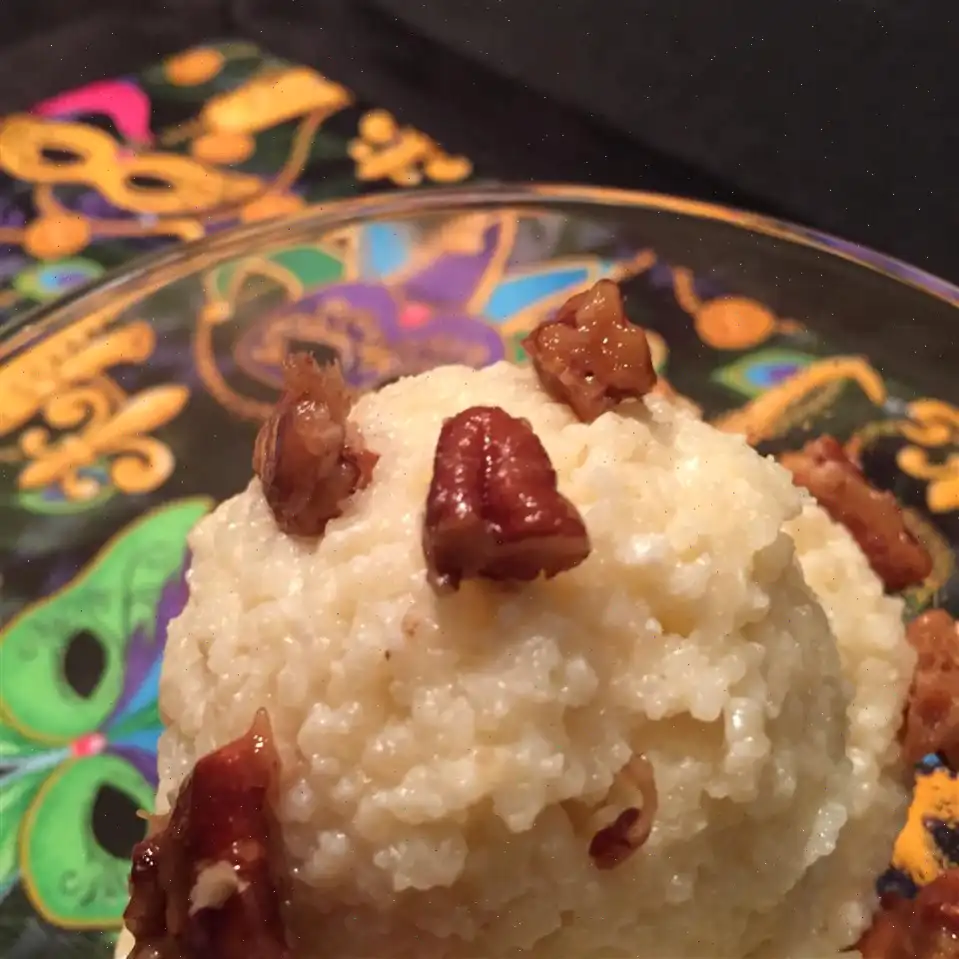
Marmorkuchen (German Marble Cake)
This delightful marbled Bundt cake combines the richness of vanilla and cocoa in a soft, buttery texture. Perfect for a family gathering or a special treat, this recipe will surely impress everyone at the table.
Ingredients
- 1 1 cups unsalted butter, softened
- 1 cups white sugar
- 2 teaspoons vanilla sugar
- 4 large eggs, at room temperature
- 4 cups all-purpose flour
- 5 teaspoons baking powder
- cup milk
- 2 tablespoons dark rum
- 1 medium lemon, zested
- 2 tablespoons unsweetened cocoa powder
Directions
- Preheat the oven to 350F (175C). Grease a large Kugelhopf or Bundt cake pan with butter.
- In a large bowl, beat the butter with an electric mixer until light and creamy.
- Slowly add the white sugar and vanilla sugar while continuing to beat. Add the eggs one at a time, making sure to beat well after each addition.
- Continue to beat the batter for 5 minutes until it becomes light and fluffy.
- In a separate bowl, sift the flour and baking powder together. Gradually mix this dry mixture into the cake batter, alternating with the milk. Add the dark rum and lemon zest, mixing until incorporated.
- Pour 2/3 of the batter into the prepared cake pan, smoothing it out evenly.
- Stir the cocoa powder into the remaining batter until fully combined. Pour this chocolate batter over the vanilla batter in the pan.
- Using a knife, gently swirl through the batter in circular motions to create a marbled effect.
- Bake in the preheated oven for 50 to 60 minutes, or until a toothpick inserted into the center comes out clean.
- Allow the cake to cool slightly in the pan before transferring it to a cooling rack to cool completely.
Cook's Notes
The original German measurements are 250g unsalted butter, 250g sugar, 500g flour, and 125ml milk. For an extra touch, you can dust the cooled cake with powdered sugar or top it with chocolate ganache before serving.
Nutrition Facts (per serving)
| Nutrient | Amount | % Daily Value* |
|---|---|---|
| Calories | 321 | |
| Total Fat | 15g | 19% |
| Saturated Fat | 9g | 44% |
| Cholesterol | 81mg | 27% |
| Sodium | 176mg | 8% |
| Total Carbohydrate | 42g | 15% |
| Dietary Fiber | 1g | 5% |
| Total Sugars | 16g | |
| Protein | 5g | 11% |
| Vitamin C | 5mg | 5% |
| Calcium | 114mg | 9% |
| Iron | 2mg | 11% |
| Potassium | 88mg | 2% |
* Percent Daily Values are based on a 2,000 calorie diet. Your daily values may be higher or lower depending on your calorie needs.

Marmorkuchen, or German Marble Cake, is a timeless dessert beloved by many, particularly in Germany. With its striking swirl of dark and light batter, its not only a treat for the taste buds but also a visual delight. Here is the recipe:
Ingredients
- 1.125 cups unsalted butter, softened
- 1.25 cups white sugar
- 2 teaspoons vanilla sugar
- 4 large eggs, at room temperature
- 4 cups all-purpose flour
- 5 teaspoons baking powder
- 0.5 cup milk
- 2 tablespoons dark rum
- 1 medium lemon, zested
- 2.5 tablespoons unsweetened cocoa powder
Instructions
- Preheat the oven to 350F (175C). Grease a large Kugelhopf or Bundt cake pan with butter.
- Beat butter with an electric mixer in a large bowl until light and creamy. Slowly add sugar and vanilla sugar while beating constantly. Add eggs, one at a time, beating well after each addition. Beat for 5 minutes until batter is light and fluffy.
- Sift flour and baking powder together in a separate bowl. Gradually mix the flour mixture into the cake batter, alternating with the milk. Add rum and lemon zest. Pour 2/3 of the batter into the prepared pan.
- Stir cocoa powder into the remaining batter until fully incorporated. Pour the chocolate batter over the vanilla batter in the pan. Gently move a knife up and down through the batter in circular movements to create a marbled effect.
- Bake the cake in the preheated oven until a toothpick inserted in the center comes out clean, 50 to 60 minutes. Let cool slightly in the pan. Remove and place on a cooling rack to cool completely.
History of Marmorkuchen
Marble cake, known as Marmorkuchen in Germany, dates back to the early 19th century. It gained popularity during the 1920s and 1930s, especially as a birthday cake or a treat served during holidays. The cakes appeal lies in its simple ingredients and visually appealing swirls of chocolate and vanilla, which symbolize harmony and balance. The first recorded recipe for a marble cake can be traced to German-speaking regions, though variations are now common throughout Europe and North America.
Regional Variations
While Marmorkuchen is loved throughout Germany, regional variations exist, especially in the form of the cake pan used. In some areas, a Kugelhopf pan (a round, bundt-style pan) is used, which imparts a distinctive shape to the cake. In Austria, the cake may be slightly more moist, often incorporating a dash of brandy or even a few tablespoons of cream for richness. The basic marble effect, however, remains consistent across most versions.
Distinguishing Features
Compared to other marble cakes, German Marmorkuchen is notably lighter and less sweet. The use of dark rum and lemon zest adds a subtle depth of flavor, distinguishing it from other marble cakes that may only feature vanilla and chocolate batters. Unlike some dense American versions, Marmorkuchen tends to have a fluffy texture, making it ideal for a light afternoon snack or a simple birthday treat.
Where to Serve Marmorkuchen
Marmorkuchen is commonly served at family gatherings, birthdays, and holidays in Germany. It is often enjoyed with coffee during the afternoon, a beloved tradition known as "Kaffee und Kuchen." This cake is also a favorite treat in German bakeries, especially during the colder months when people enjoy cozying up with a slice and a hot beverage.
Fun Facts
- The unique marbling of the cake is created by swirling the light and dark batters together before baking, resulting in a beautiful and appetizing pattern.
- In Germany, it is considered a classic "Omas recipe," often passed down through generations.
- Marmorkuchen is sometimes dusted with powdered sugar or topped with a glaze, but many Germans prefer it plain, letting the natural flavors shine.
- Though it's a German cake, variations of it are popular across Europe, with each country adding its own twist, like the use of different liquors or flavorings.



